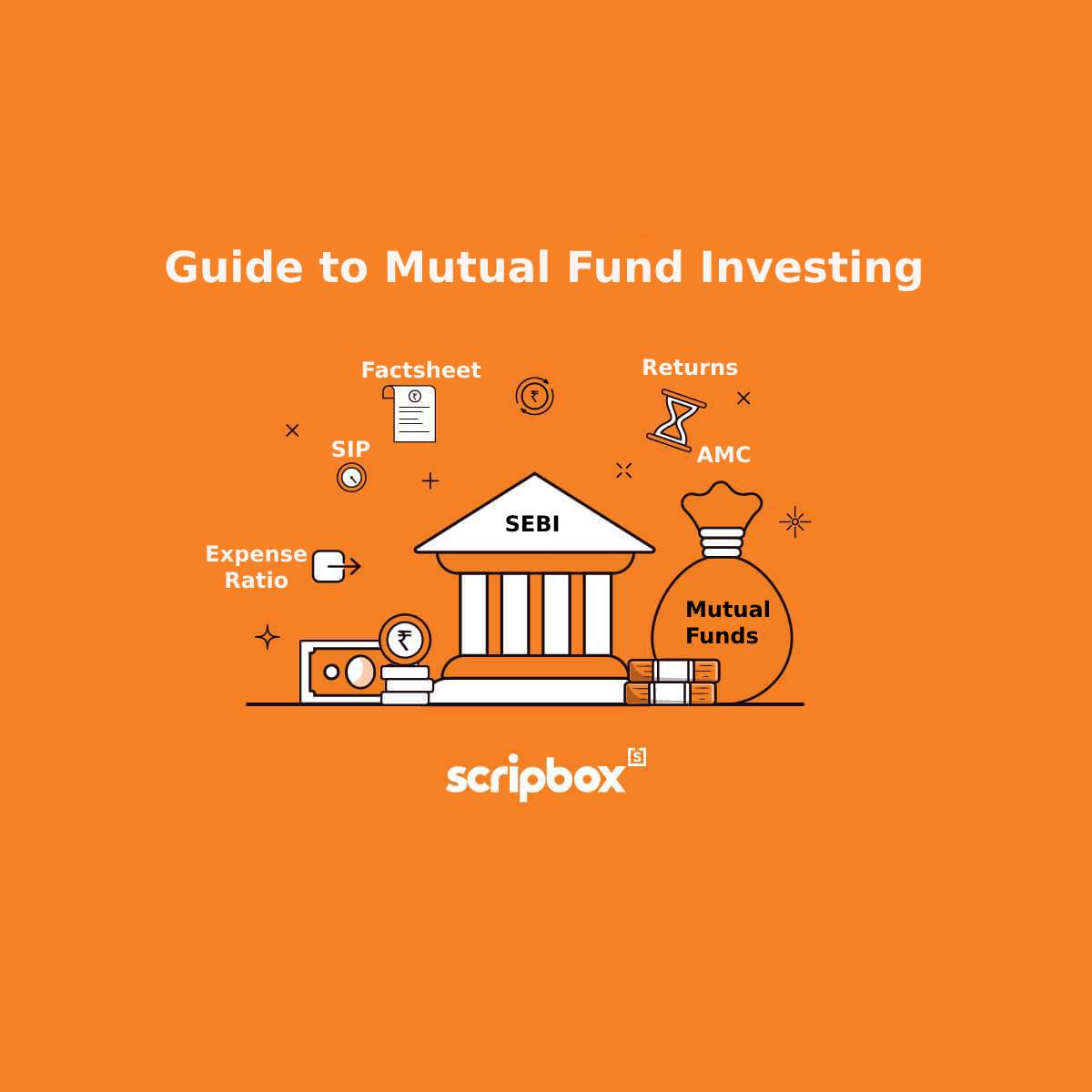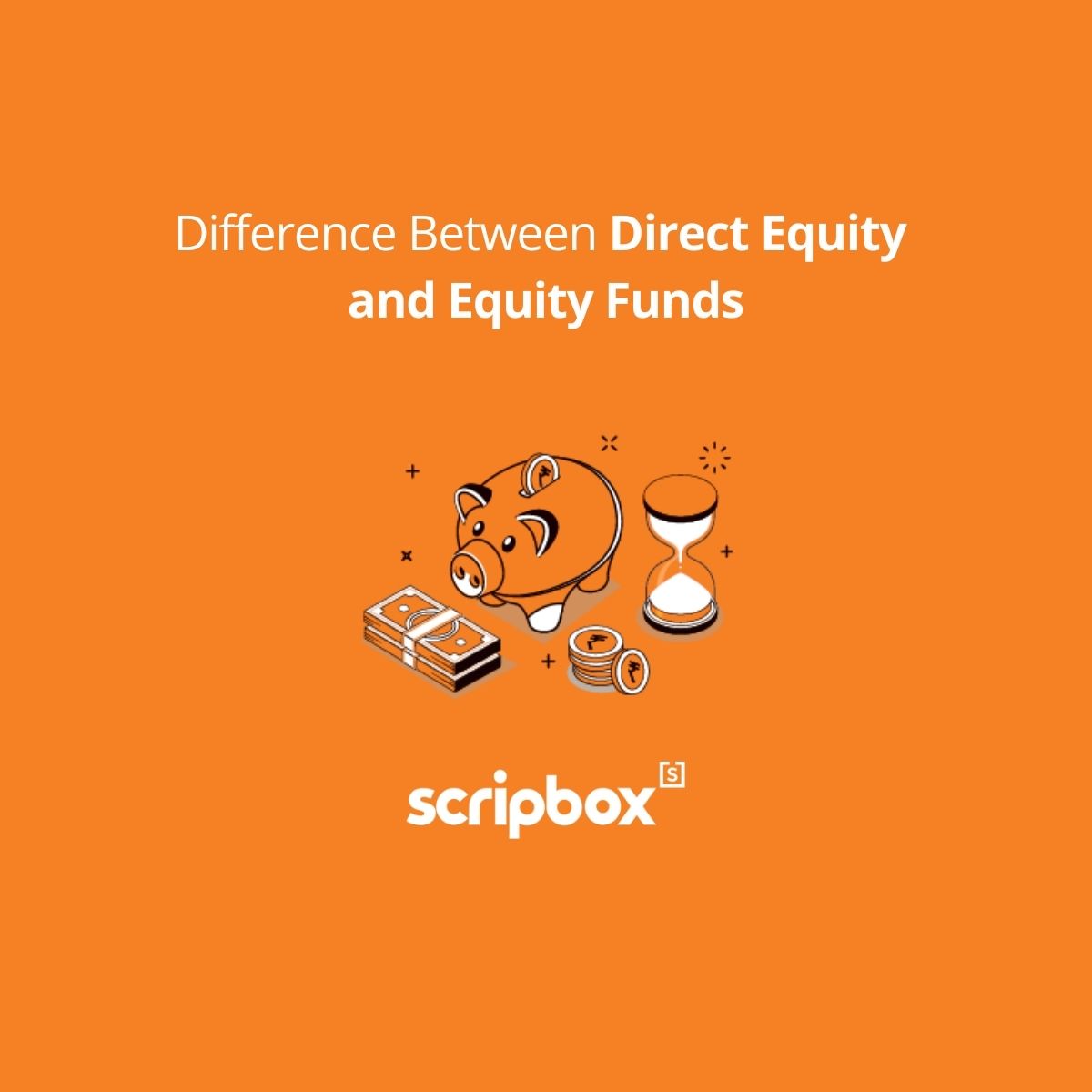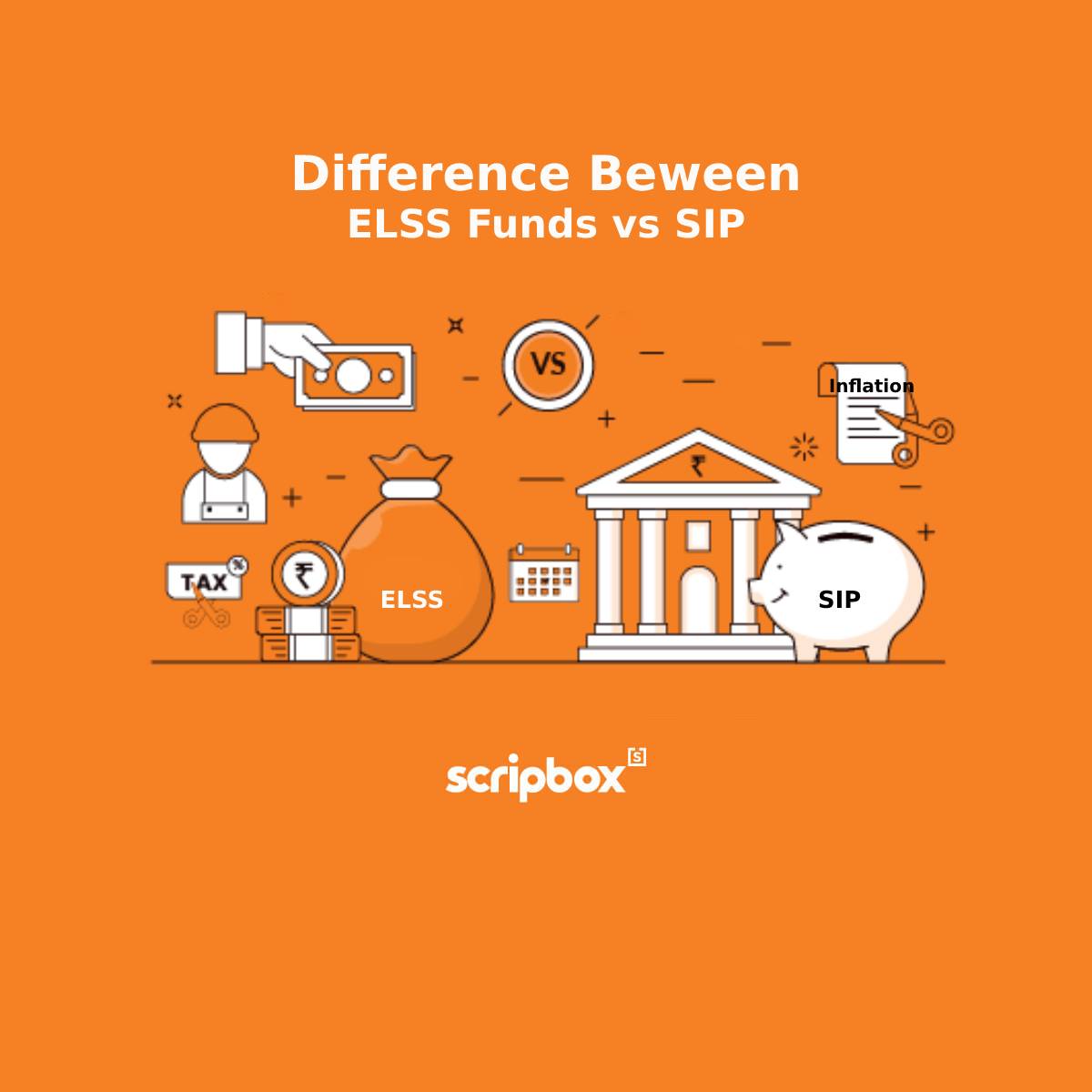What is Net Investment?
Net investment is the difference between the total amount of money a company spends on capital assets and the cost of depreciation of those assets. It indicates how much a company is spending to maintain and also improve its operations. A positive value indicates that the business operations are leading to expansion. In contrast, a negative value indicates that the business operations are shrinking.
Capital assets lose their value over time due to wear and tear and obsolescence. Hence, subtracting the noncash depreciation from gross capital expenditure (CAPEX) provides an accurate value. Essentially, assets lose their useful life. To maintain the business as a going concern, the assets have to be replenished by investing capital on them.
Capital assets include any fixed investment made by the company. For example, property plants and equipment and other types of assets that contribute to the productive capacity of the business. Additionally, the fixed investment value also includes the cost of their upkeep, repair, installation and maintenance.
Therefore, net investment is the amount of capital a company spends on acquiring new assets or maintaining existing ones over and above the depreciation cost.
The net investment requirement differs from business to business. For instance, a service-oriented company does not require too much investment to grow as the major cost is just salaries. On the other hand, manufacturing-oriented businesses may have to keep investing in assets for sustainable growth.
Following are some of the advantages of net investment:
- The value indicates the replacement rate of the company’s assets.
- A positive value generally helps the company to stay in business.
- Analysing it will help the investors and analysts to understand how serious the company is about the business and its shareholders.
- The value also helps in determining how capital intensive a business is.
Understanding it in Detail
Net investment is the amount of capital that a firm spends on acquiring assets. Capital assets are those that aid in increasing the productive capacity of a business—for example, property plants and equipment and other types of assets.
The net investment figure is arrived at after subtracting depreciation from gross investment. Fixed assets lose value due to wear and tear or if the asset becomes obsolete. Hence, deducting noncash depreciation from capital expenditure gives an accurate value of the assets. It is a true indicator of how much a firm is investing in assets than gross investment.
Also, it is a leading indicator for gauging a nation’s potential economic production capacity. It is a component of a nation’s Gross Domestic Product GDP. Gross Domestic Product GDP includes all the expenditure that private companies and governments spend on real estate.
It indicates how the company’s or countries production capacity is. It indicates whether it is increasing or decreasing. A positive value indicates growing or increasing production capacity. In comparison, a negative value indicates decreasing production capacity.
When the gross investment is higher than the depreciation, then the net investment is positive. And when the gross investment is lower than depreciation, then it is negative. To ensure that the net investment is positive, a firm or a country has to invest at an amount equal to the total depreciation. This will keep the asset base from shrinking.
A negative value for a couple of years is fine. However, for a prolonged period, it will indicate that the firm or country is uncompetitive.
How to Calculate Net Investment?
Net investment calculation is done by subtracting depreciation from capital expenditures.
Formula
Net Investment = Capital Expenditure – Depreciation
Let’s take an example of a company who invests in machinery worth INR 10 lakhs with a life of 25 years and no residual value. If the firm follows a straight-line method of depreciation, then the value of depreciation is INR 40,000 per annum.
At the end of the first year, the net investment calculation is as follows:
Net Investment = 10,00,000-40,000 = INR 9,60,000
In the next year, if the firm invests in any of the fixed assets, then it will increase. Else, the firm’s net investment will be reduced by the depreciation of machinery.
Importance to an Investor
Net investment is an indicator of a firm’s production capacity. An increasing value over the years indicates the firm is actively investing in assets that will increase its productive capacity. Hence it shows that the firm is growing over the years.
While a decreasing value over the years indicates, the firm is using its old assets to run its business and is not making any new investments. It is leading to falling in the firm’s productive capacity. Hence it shows the firm’s growth is stagnant or falling.
Regular investments in capital assets are critical to an enterprise’s continuing success. It gives an investor the confidence that the business will not be shut down. However, a falling value will indicate otherwise.
As an investor, one must ensure that a business’s net investment is increasing or stable over the years. This indicates that the business is investing in its future and confirms its perpetual existence. An investor can compare firms in the same industry on the basis of net investment and decide on which one to invest in.
The net investment required depends on the industry the firm is in. For capital intensive sectors like utilities, goods producers, industrial products, and telecommunications, the net investment requirements are very high. And for technology and consumer goods sectors, that are less capital intensive, the requirements are very low.
Hence an investor must compare firms within one industry to gauge which firm is doing better in terms of net investment. It alone cannot be taken as a standalone indicator to analyse a business. However, one cannot leave it out while analysing a business.
What is Gross Investment?
Gross Investment is the total expenditure made by a company buying capital goods over a time period without accounting for the asset’s depreciation. Simply put, gross investment is the amount that a company has spent in acquiring a particular asset or the business as a whole without accounting for the depreciation.
Net Investment Vs Gross Investment: Key Differences
| Basis of Difference | Net Investment | Gross Investment |
| How is it Calculated? | Net Investment = Gross Investment – Depreciation | Gross Investment = Sum of all capital expenditure for acquiring capital goods |
| Depreciation | Considers depreciation | Doesn’t consider depreciation for determining the final value. |
| Significance | Gives an idea of how much the company actually spends on capital assets by taking into account depreciation. Thus, helps in improving the efficiency of the organisation. | Gives an idea of how much the company spends on capital goods. |
What is the Difference Between Net Investment and Gross Investment?
Both gross and net investment indicates a firm’s investment strategy. However, net investment is a true indicator of how the firm’s cash flows are utilised for expansion. Below is the difference between gross and net investment.
Gross investment or gross capital investment is a company’s capital investment before deducting depreciation. Gross investment indicates the absolute investment value the company makes in purchasing assets in a particular year. The gross investment value helps in understanding the business’s investment style. In other words, the value helps in analysing whether the company is investing to retain its current business or investing in the future. Net investment is the gross investment minus the depreciation on the existing capital. The gross investment is the total amount spent on goods to produce goods and services. While net investment is, the increase in productive stock.
It is a financial metric that helps in measuring a company’s performance and also compares it against competitors. One can analyse net investment over a period of time to understand how the company is growing. For instance, if it is increasing over a period of time, it implies the growth is accelerating. On the other hand, if it is decreasing, then the growth is slowing down. If the needed investment is zero, then the company is not growing or is stagnant. Furthermore, if the value is negative, it indicated that the company is shrinking.
READING RESOURCES
- What is Equity Investment?
- What is Liquid Asset?
- What is Nifty Bees?
- What is XIRR?
- What is Bond?
- What is Current Price?
- What is Gross Income?
- What is Financial Literacy?
- What is Sensex?
- What is Primary Market?


















Show comments